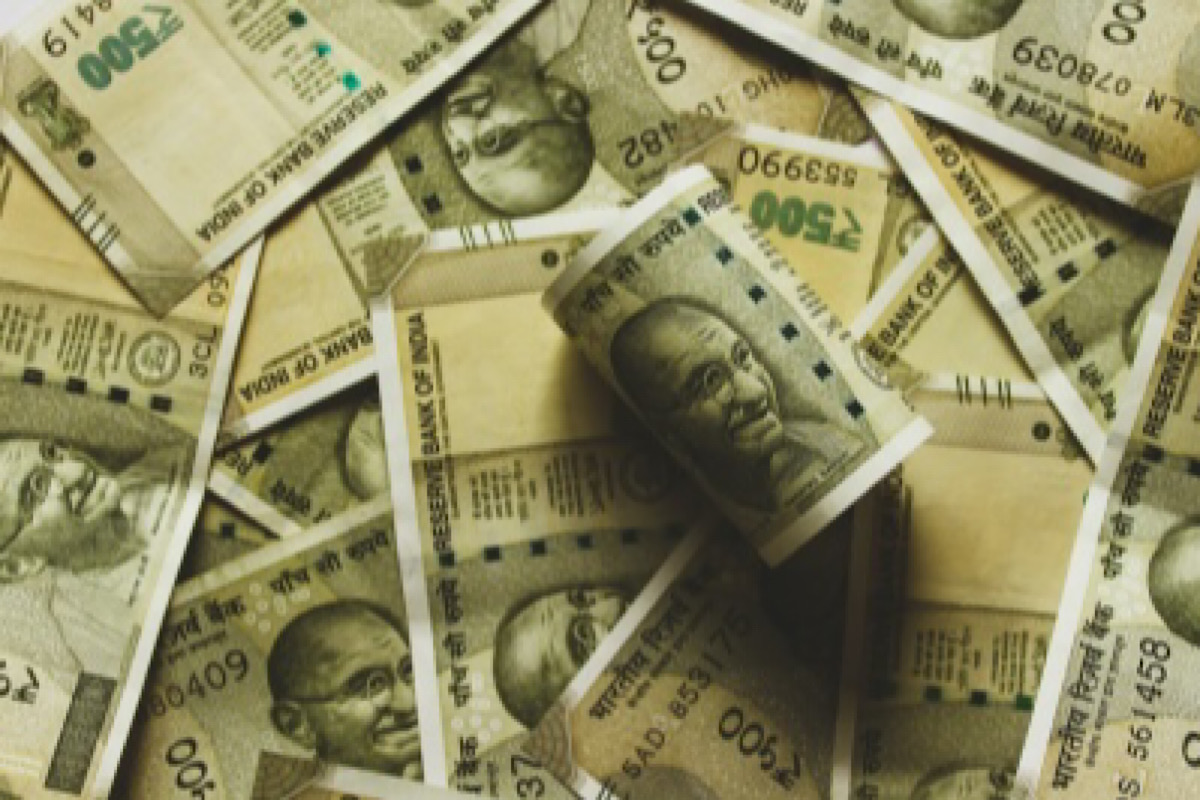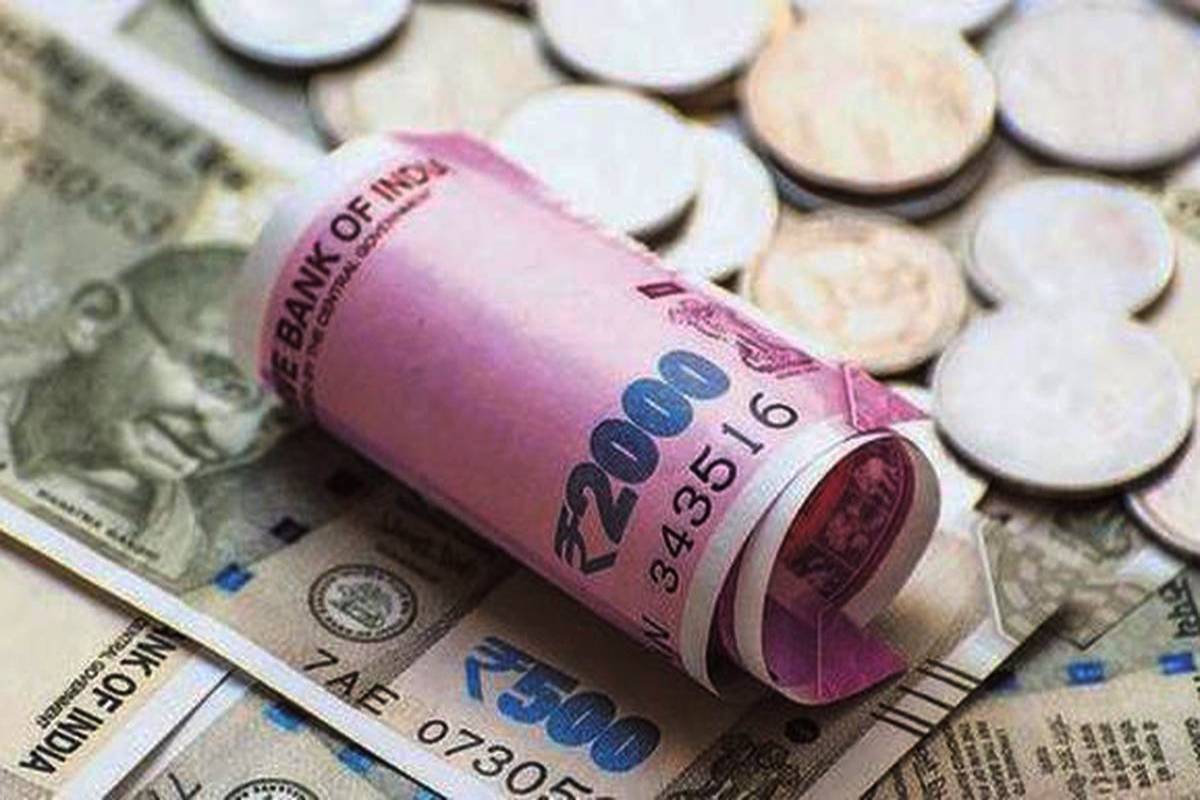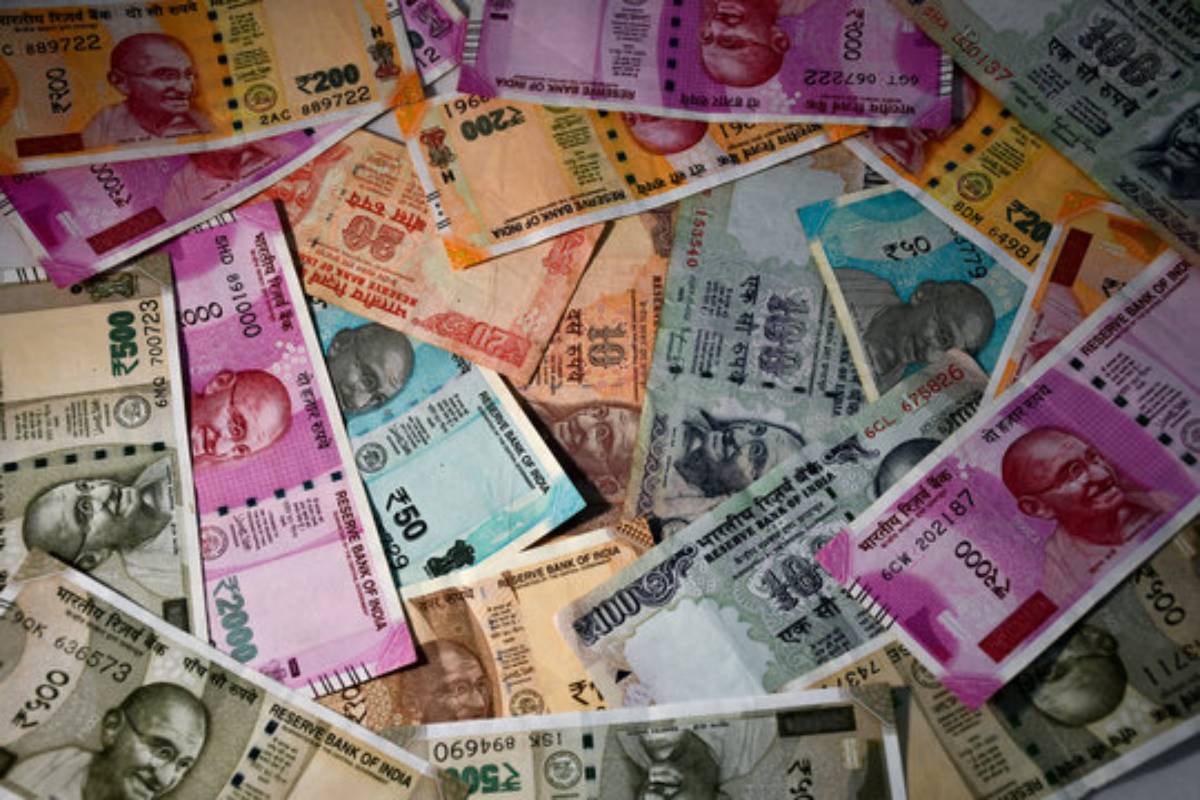Rupee’s struggle
The Indian rupee’s recent struggles underscore the intricate dynamics of global and domestic factors influencing its value.

The Indian rupee’s recent struggles underscore the intricate dynamics of global and domestic factors influencing its value.

The Reserve Bank of India (RBI) in its report highlighted that the Real Effective Exchange Rate (REER) of the Indian Rupee increased to 108.14 in November 2024 from 107.20 in October 2024.

The Indian rupee has breached the significant psychological barrier of 85 against the US dollar, marking an all-time low amid a confluence of domestic and global pressures.

The Indian rupee’s stability, despite external pressures from weak Asian currencies and rising US bond yields, highlights a nuanced approach by the Reserve Bank of India (RBI) in managing the currency.

The Indian rupee’s recent behaviour, hovering just shy of 84 a dollar, has been a focal point of discussion in financial circles. On Tuesday, the currency closed at 83.97, marginally above its previous alltime low of 83.9725, thanks to the Reserve Bank of India's (RBI) timely intervention.
The value of the country's gold reserves decreased, declining by $580 million to $37.440 billion.
At the interbank forex market, it witnessed an intra-day high of 74.68 during the session and a low of 74.90 against the US dollar.
Forex traders said positive domestic equities, foreign fund inflows and hopes of a COVID-19 vaccine supported the rupee.
During the session, the rupee witnessed an intra-day high of 74.98 and a low of 75.25 against the US dollar.
It opened lower at 75.23 per dollar against previous close of 75.14 and traded in the range of 75.15-75.29.